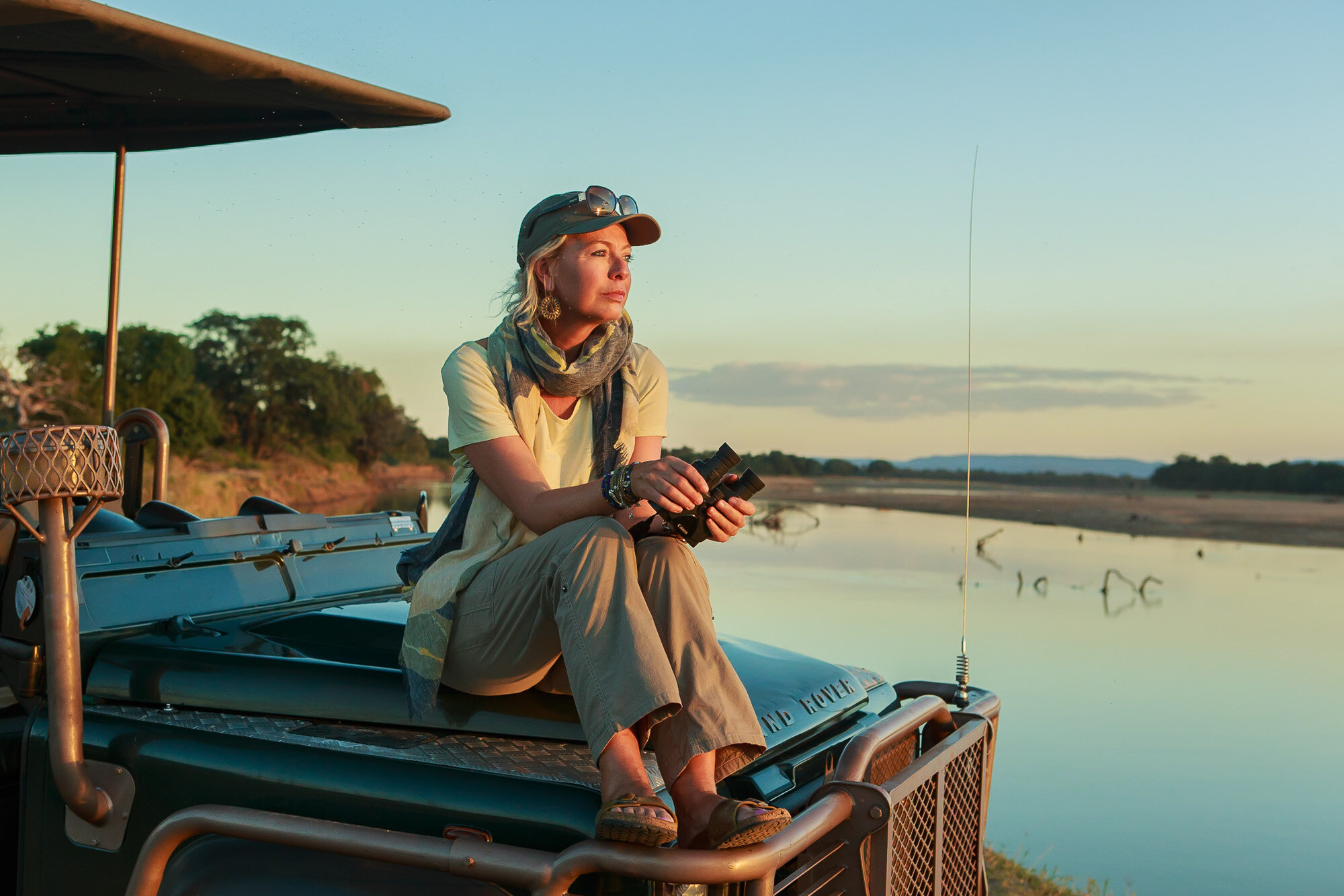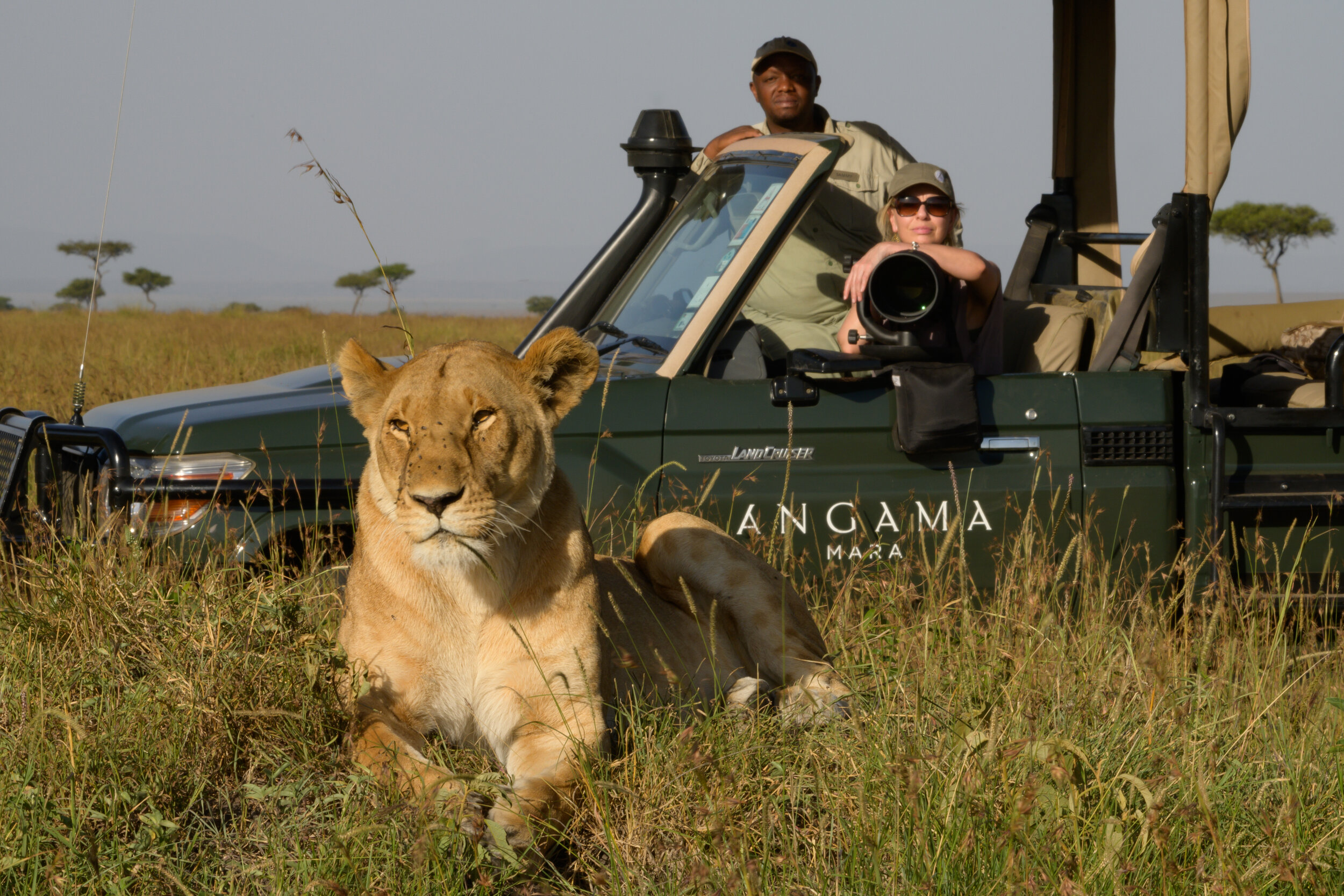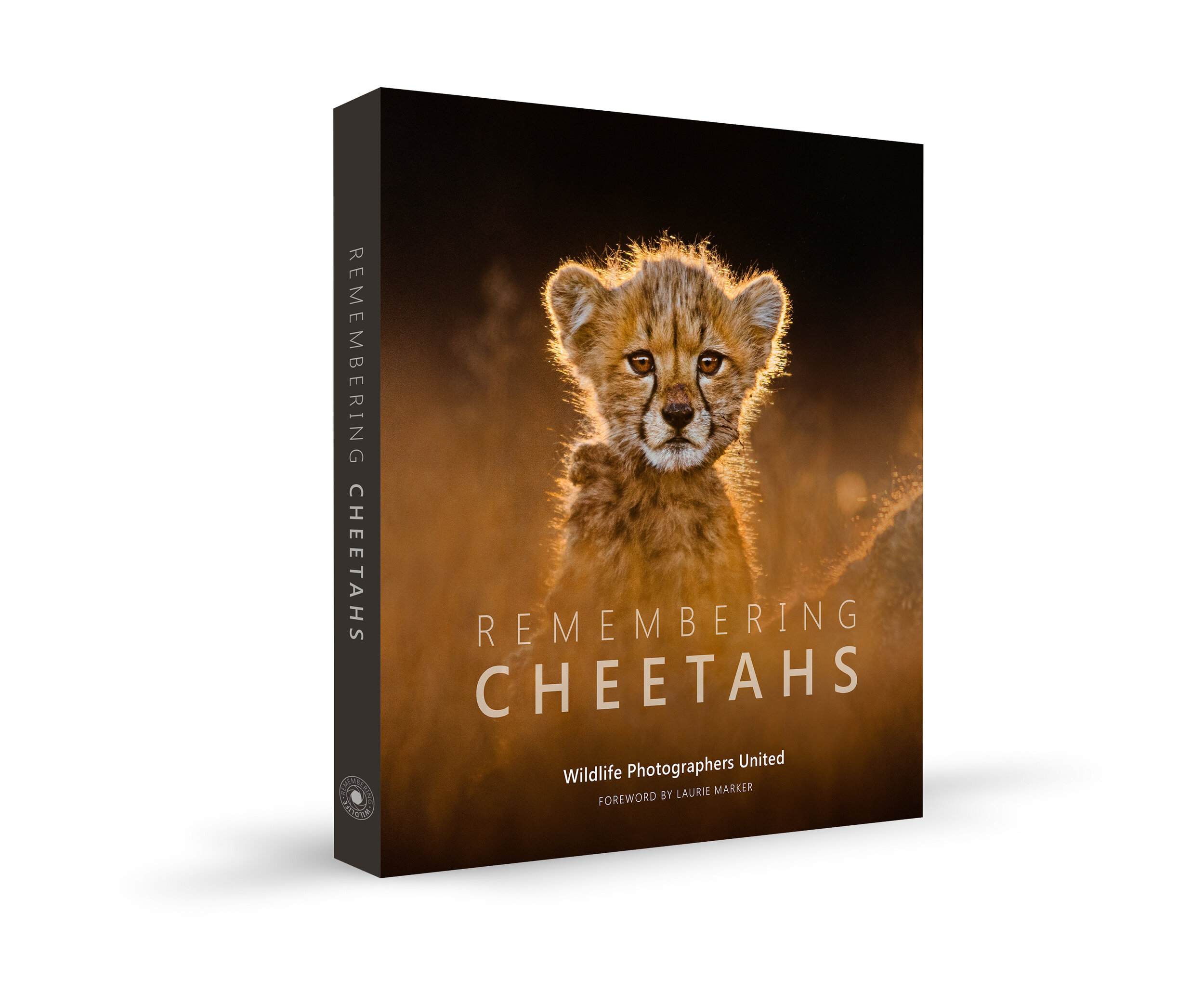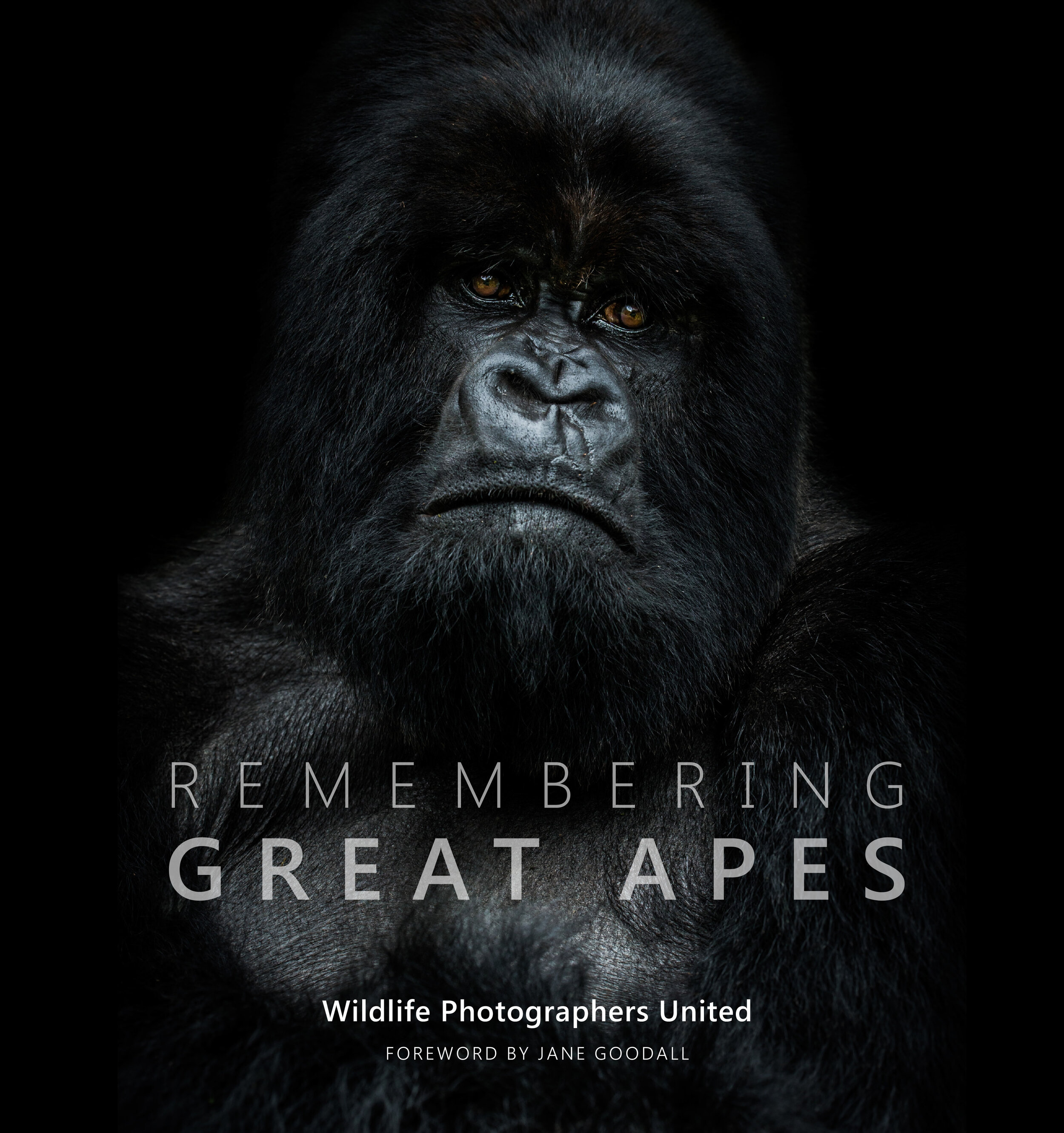Out of Africa – How Remembering Wildlife Led Margot Raggett To Rediscover Herself
Jun 16, 2020
At one point in the 2000s, as one of the UK's leading PR executives, Margot Raggett may have told you that she "had it all" – or at least all she thought she wanted.
Having risen through the ranks of top agency Lexis PR, and after initiating and being part of a management buy-out of the firm, Margot was CEO, leading Big Brand accounts with world travel and expense accounts. Then, things started to change. Through a chain of circumstance, tragedy, sheer hard work, and courage, Margot reinvented herself into something that she would never have imagined even 10 years before – a "wildlife warrior" fighting wild animal poaching.
That reinvention was inspired by her passion for photography, and the organization she founded, Remembering Wildlife, has now distributed £622,854 to 40 different conservation projects in 23 countries across Africa and Asia.
We caught up with Margot to hear more about her remarkable journey.

MARGOT RAGGETT (PHOTO CREDIT: ADAM BANNISTER)
“I knew I wanted something different, and I kept waiting for a eureka moment, I thought that if I just concentrated hard, one day, something would reveal itself. It didn’t. ”
We were lucky in many ways, and on the outside, it looked glamorous. We had huge clients, like Coca-Cola and Unilever. But it wasn't easy. I remember being in a briefing with a beauty brand, who wanted us to launch a body wash that was "ten times more creamy" than the previous one. I realized that the product was likely to be just discontinued a year later when its successor was launched, and it just felt so pointless. I knew I wanted something different, and I kept waiting for a eureka moment, I thought that if I just concentrated hard, one day, something would reveal itself. It didn't.
So, I chased hobbies while I was still in my agency role. I had been lucky enough to go on safaris, and I loved them but it took a chance meeting to turn me on to photography. I signed up for a trip to the Maasai Mara and it turned out to be led by wildlife photographers Jonathan & Angela Scott, who completely inspired me, both with their passion for photography but also conservation. When I returned home, I signed up for a course at the London Photography School to learn the basics. I then bought a better camera and signed up for another safari.

(PHOTO CREDIT: ADAM BANNISTER)
I was burning through my savings but knew that if I wanted to build a portfolio of decent wildlife images, I needed to spend more time in the field. Even if you're an expert photographer, if the one time you see a leopard is in a bush looking the wrong way, there's nothing you can do.
It took a while, but in 2011 I left Lexis and started "Naked Emperor" (my consulting practice). I wanted to work with businesses on my terms and have the freedom to work on projects that meant so much to me.
As I learned how to get established, I identified a safari camp and approached the owner about a partnership. I consulted for his business in exchange for extended stays in his camp for more than three years. Because of that, I built my portfolio, and people started following me as a photographer.
What inspired you to start Remembering Wildlife?Late one night in 2014, while staying in Kenya, I heard hyenas going crazy. At first light, we went to see what had happened and saw a young elephant with a poisoned arrow sticking out of him. He was dead and had been eaten by hyenas. It was just horrific.
The sight and the smell – I was so emotional about it. I was just furious. The guides were telling me he'd probably taken days to die because poison arrows don't kill immediately. His young tusks were still in him.
I wanted to help. I started to think, "I know quite a few photographers now, and with my PR background, I can run a project, so maybe I could do an exhibition, or make a book." I wasn't quite sure at that point.

MARGOT RAGGETT (PHOTO CREDIT: ADAM BANNISTER)
Born Free had approached me early that year to ask if they could use some of my images, so I wrote to Will Travers, Born Free's chairman, and proposed the idea of a collaborative project, where I’d bring together the wildlife photographers I knew to create something special. They agreed to work together, with the first book being "Remembering Elephants." I worked with Born Free for the first three books in the series but then took the leap to go independent after that, which gave me more control over the kind of projects I wanted to support.
What is it about safaris that you love?My first safari was in 2001 after a visit with friends in South Africa’s wine district. I stayed a few extra days and decided to extend my trip by visiting a game park. I arrived at the lodge late on the first day, and it was hot, I was hassled and sweaty. I got in the car for the first tour within minutes of checking in, but was grumpy about it!
We turned the corner, and there was a newborn giraffe, still wet from birth, knock-kneed, and I just couldn't believe it. That night, we had a leopard sighting of a mother with a cub, another male leopard was approaching, and we were told if he wasn't the father of that cub, he would try and kill it because of their natural instinct.
I was utterly gripped – it was the best thriller ever. It's life and death, it's not political. I'm not good at just lying on the beach, doing nothing, without my mind drifting back to worries. But on a safari, I was totally occupied, my mind switched off.

REMEMBERING CHEETAHS
There's also something about Africa – the size of the sunsets, the million stars, the smell of the wood campfire while you're listening to hyenas in the distance. It's just magical.
How did you raise the money to produce the book?I launched a Kickstarter campaign and set out to raise £20,000, which would have been enough to make 1,000 books. Because Kickstarter is "all or nothing," if I didn't raise those funds, it wouldn't happen. I was also so grateful to the world-class photographers who were willing to donate their work to the project.
I genuinely didn't know whether it would be successful or not. On that first day, we went live at 9 am, and by noon we were at £8,000. I thought, "Well, that's not bad, but we've still got £12,000 to go, and that feels like an enormous mountain to climb."
Then, Born Free shared the campaign, and it just all kicked off. The alerts on my phone sounded every time someone bid, like a fruit machine going ding, ding, ding, ding, ding!
Was it all plain sailing after that first launch day?A week before the end of the campaign, I woke up feeling uncomfortable in the middle of the night and thought, "Why do I feel so uncomfortable? What's that pain?" And I found a lump in my breast.
I stood up and poked it again, and it was still there. I booked to see a surgeon, and the appointment happened to be on the day the Kickstarter ended.
At 9 am, we passed the Kickstarter goal – we had raised £58,000, and by 9 pm the surgeon was telling me I had breast cancer.
So what happened next, did you stop?“I did three months of radiotherapy while making the book. Lots of people work through treatment – what are you going to do? Just sit around and watch TV? ”
Around that same time, I had thought Land Rover would be a perfect sponsor for the book. My friend Loretta Ahmed had contacts there and encouraged us to meet.
The meeting was scheduled for the day my surgery was planned. Everyone told me to cancel, but I said, "What else am I going to do? Just sit at home and fret?"
I went to the meeting and told myself to make it work. Thankfully, Land Rover became a sponsor!
I did three months of radiotherapy while making the book. Lots of people work through treatment – what are you going to do? Just sit around and watch TV?
You set out to make one book. Now Remembering Wildlife is home to five. Did you plan it that way?All of our books are highly collaborative, with more than 150 of the world’s best wildlife photographers donating their work so far. I never expected that! The first book launched the September following my treatment at the Royal Geographical Society, and I wasn't sure how well it would go. People just loved it! Everyone was saying, "What's next?" and I said, "Hang on a minute, this was a one-off." Then everyone is saying, "You should do it on tigers, or giraffes, or you should do it on ..." it just kept coming.

“All of this brought things into focus for me. You have to look at yourself and ask what you want your legacy to be.”
I worked so hard on "Remembering Elephants" because I felt that I would have achieved something that I'm proud of. When you've had that shock of health news or losing a loved one, you never take life for granted again.
When my dad was very sick with prostate cancer, I wrote the last paragraph in the "Remembering Great Apes" acknowledgments for him. It said something like: "You've encouraged me so much, and I'm so sorry you won't get to see this book printed, but thank you for everything you've done for me, and I love you.
When it was clear he only had a few days left with us, I sat with him, held his hand, and read him that paragraph. I said, "So the book's done, dad, and if you need to ..." The nurses had told us earlier that we should say to him that "If you need to let go, you can. Not that I want you to leave, but you can." Once I said that his breathing changed and he died within about five minutes. Those words were the last thing he ever heard.
All of this brought things into focus for me. You have to look at yourself and ask what you want your legacy to be. Whatever it happens to be for you, it's important you do that.
-----
To see Margot in action, watch this segment.
Each book is published by “Wildlife Photographers United.” Learn more about Remembering Wildlife and buy books here.






